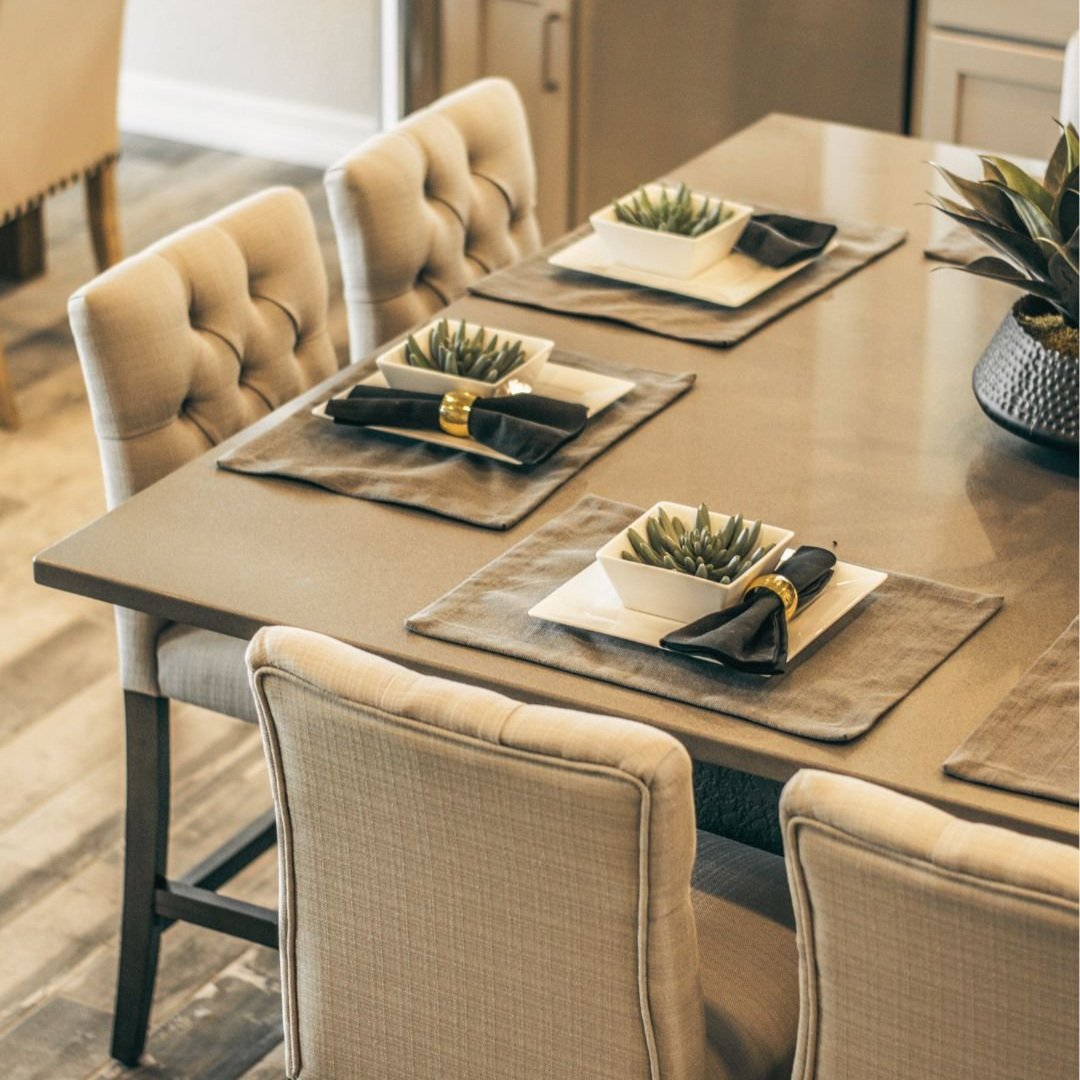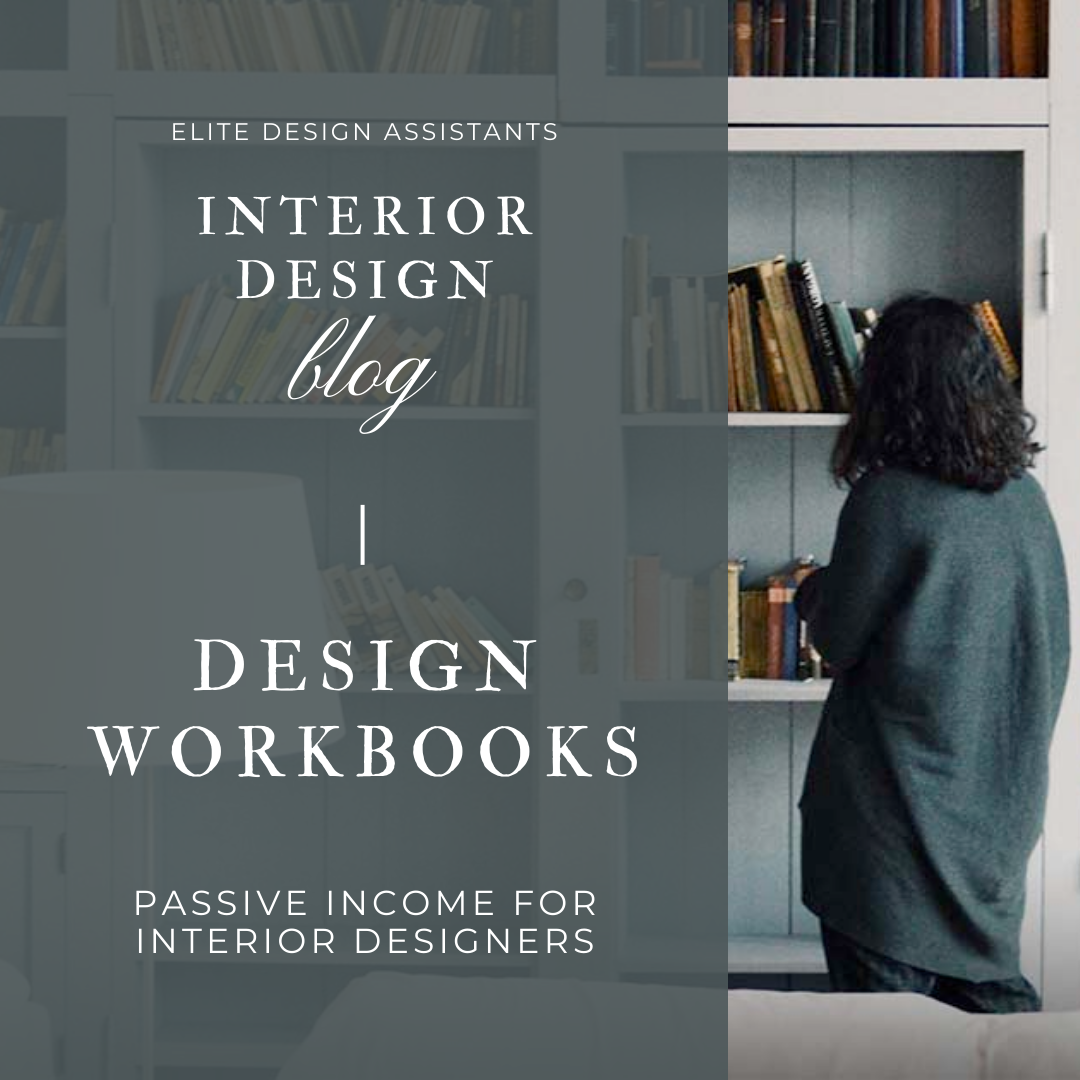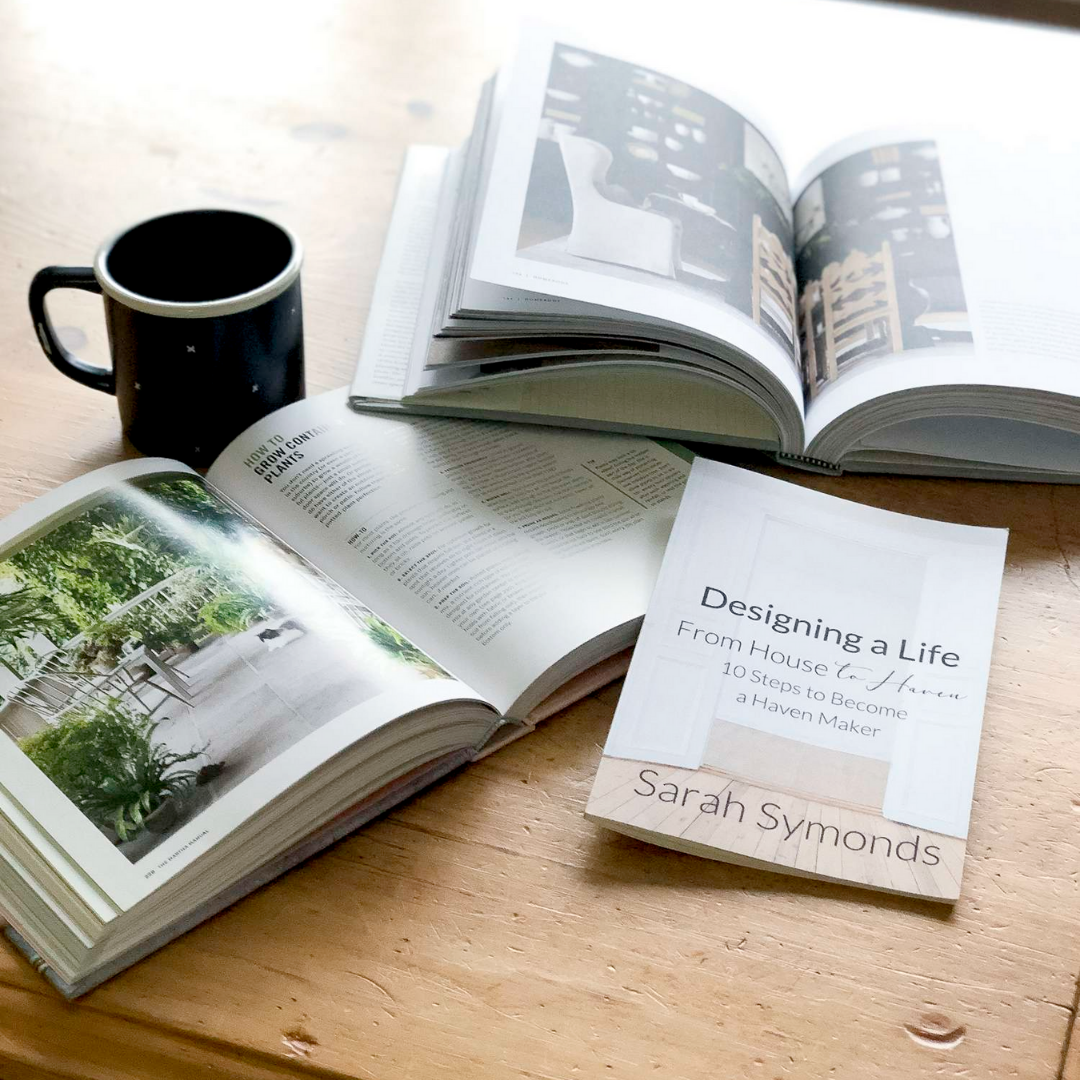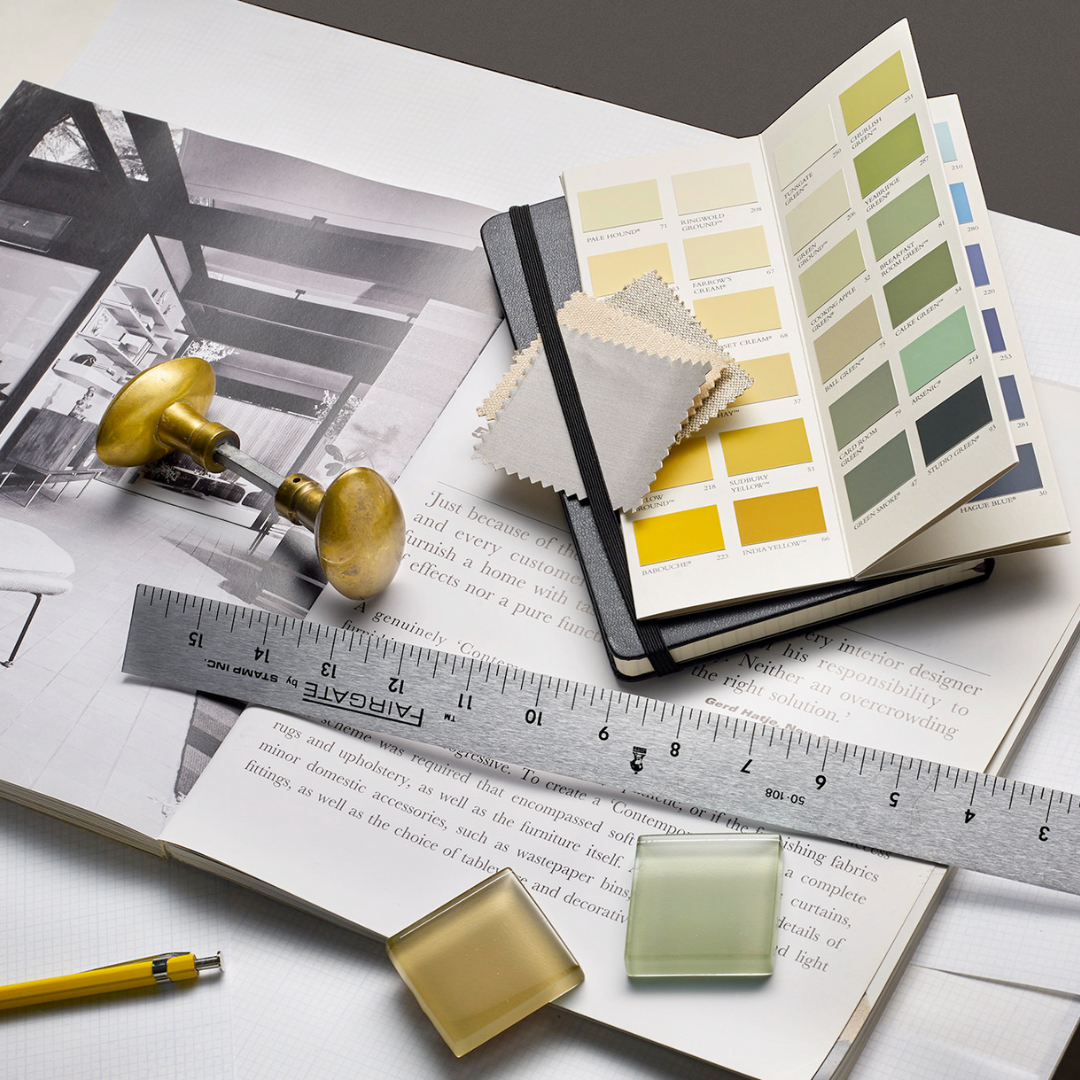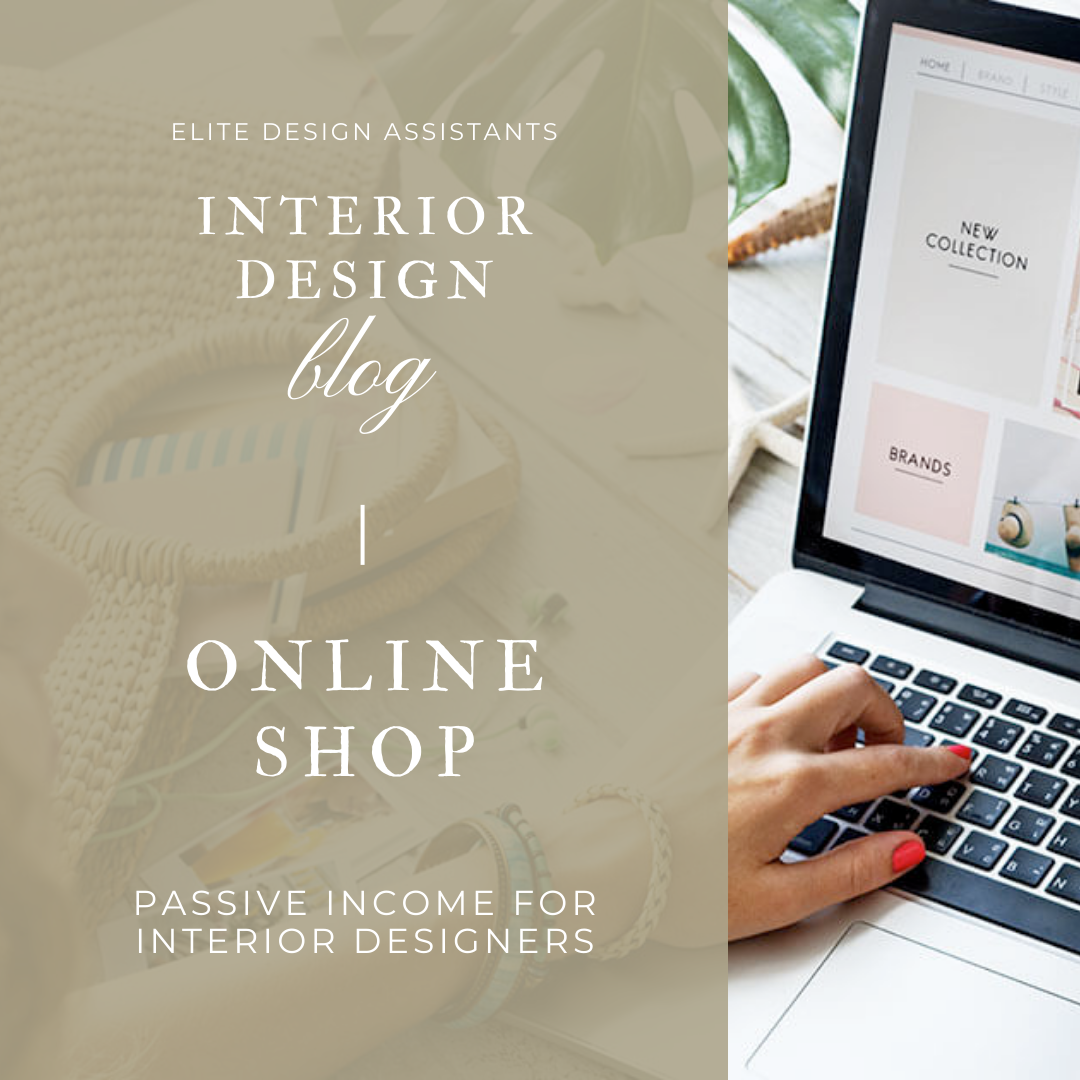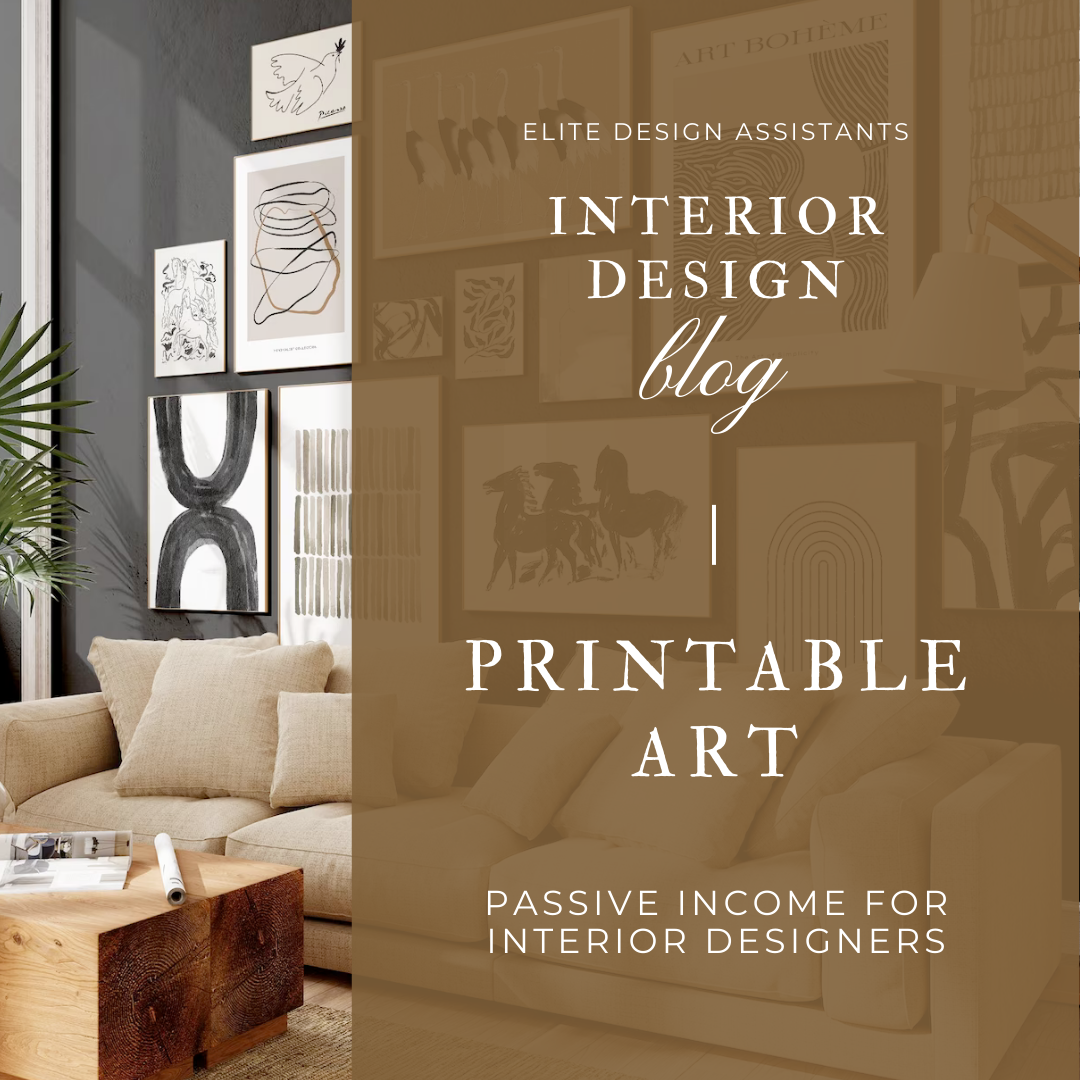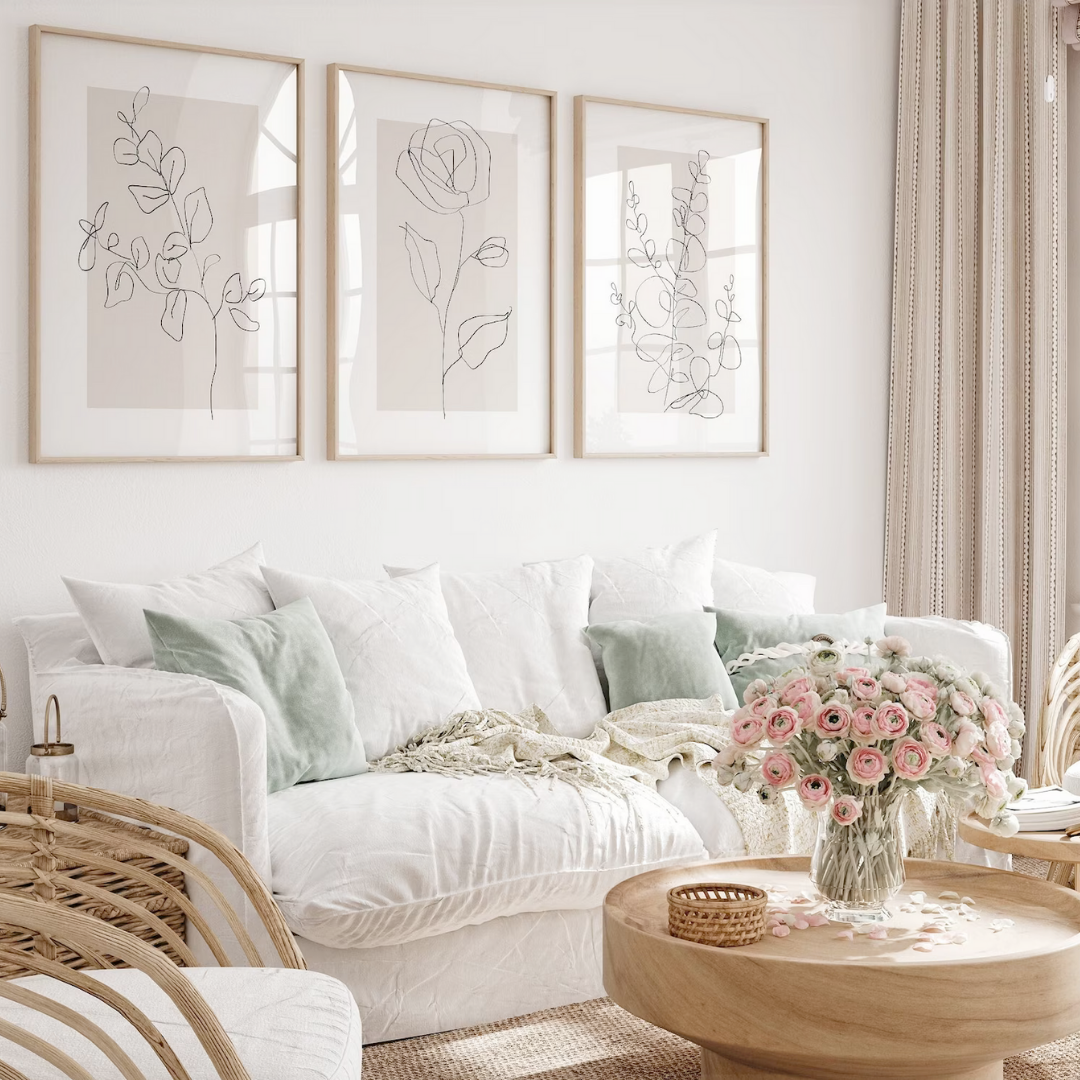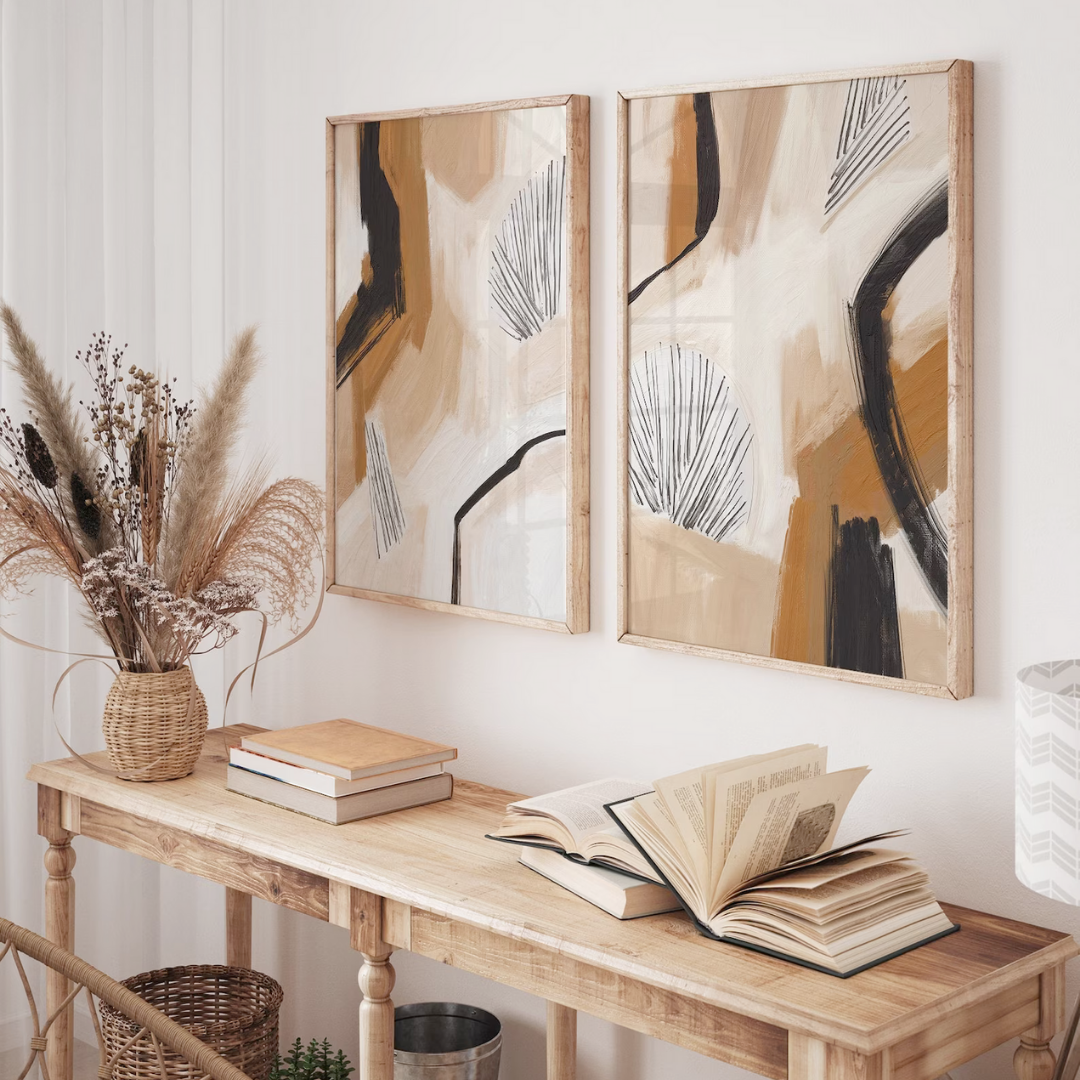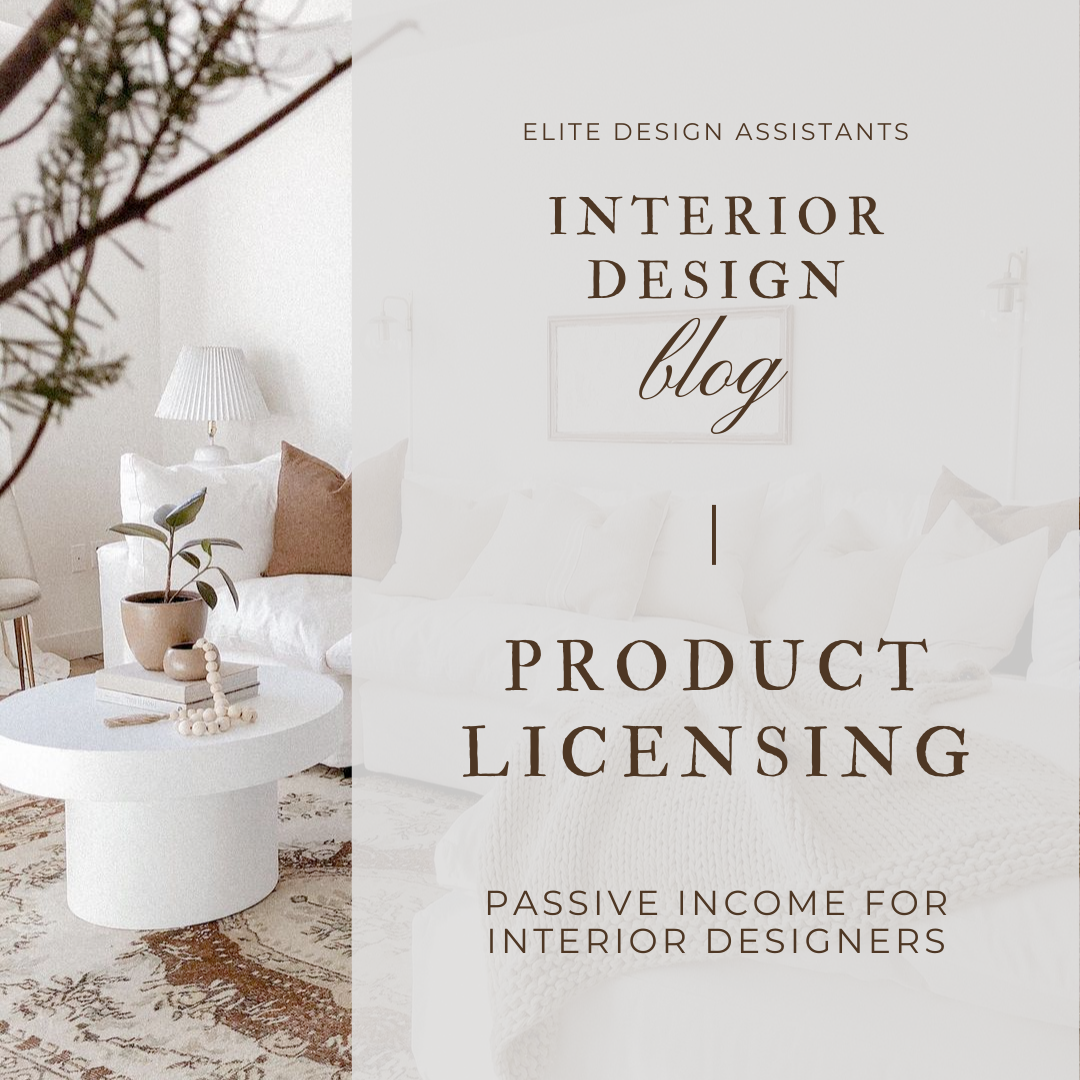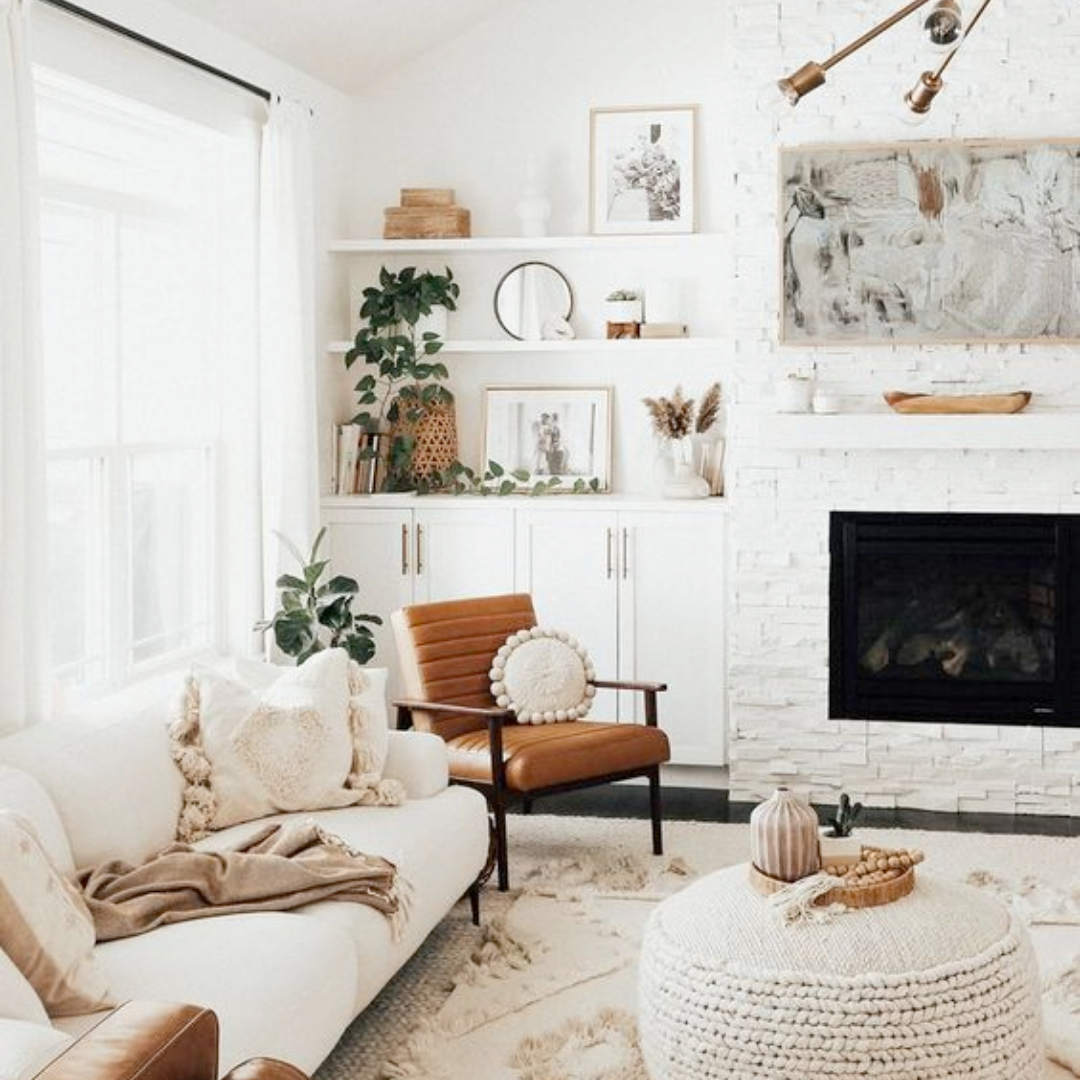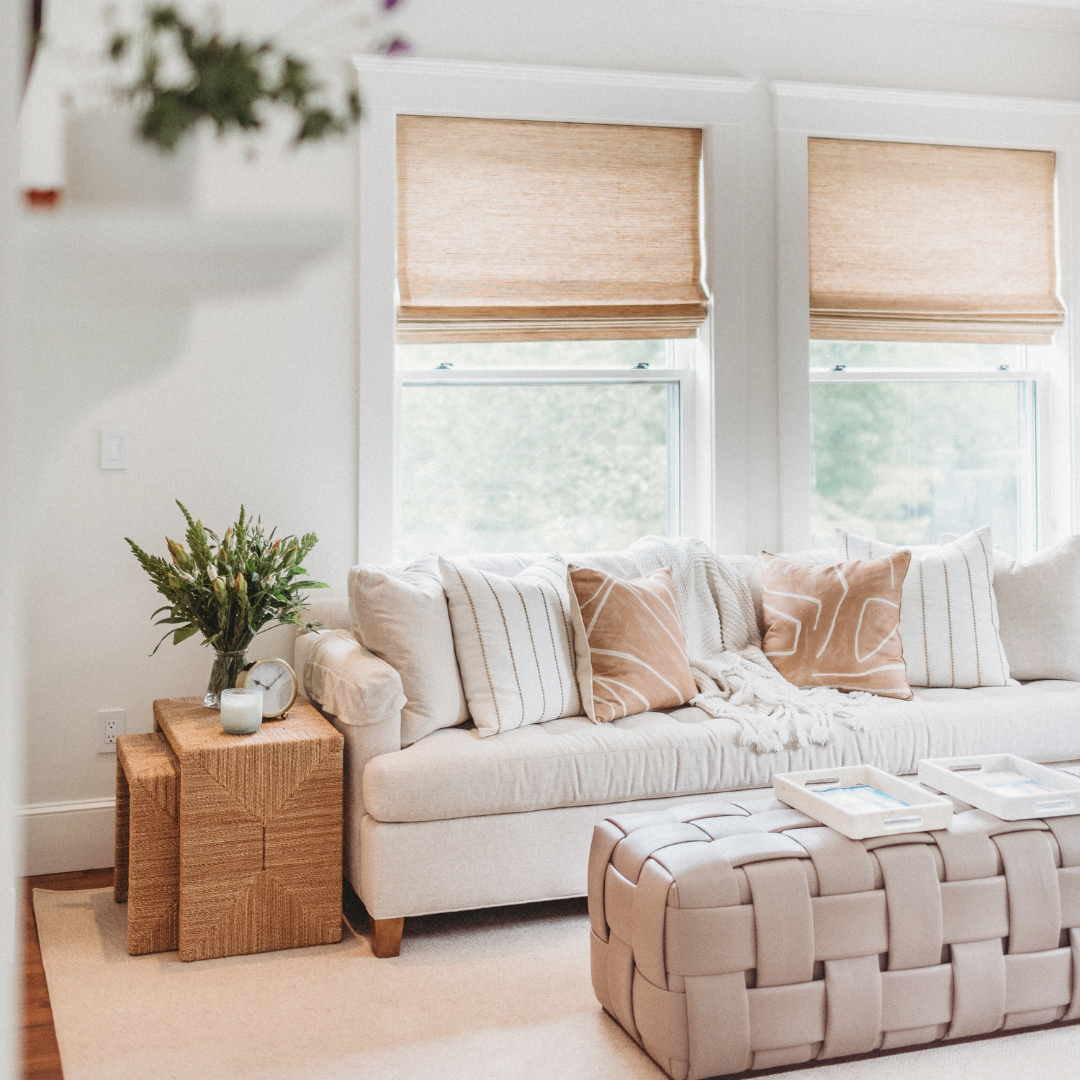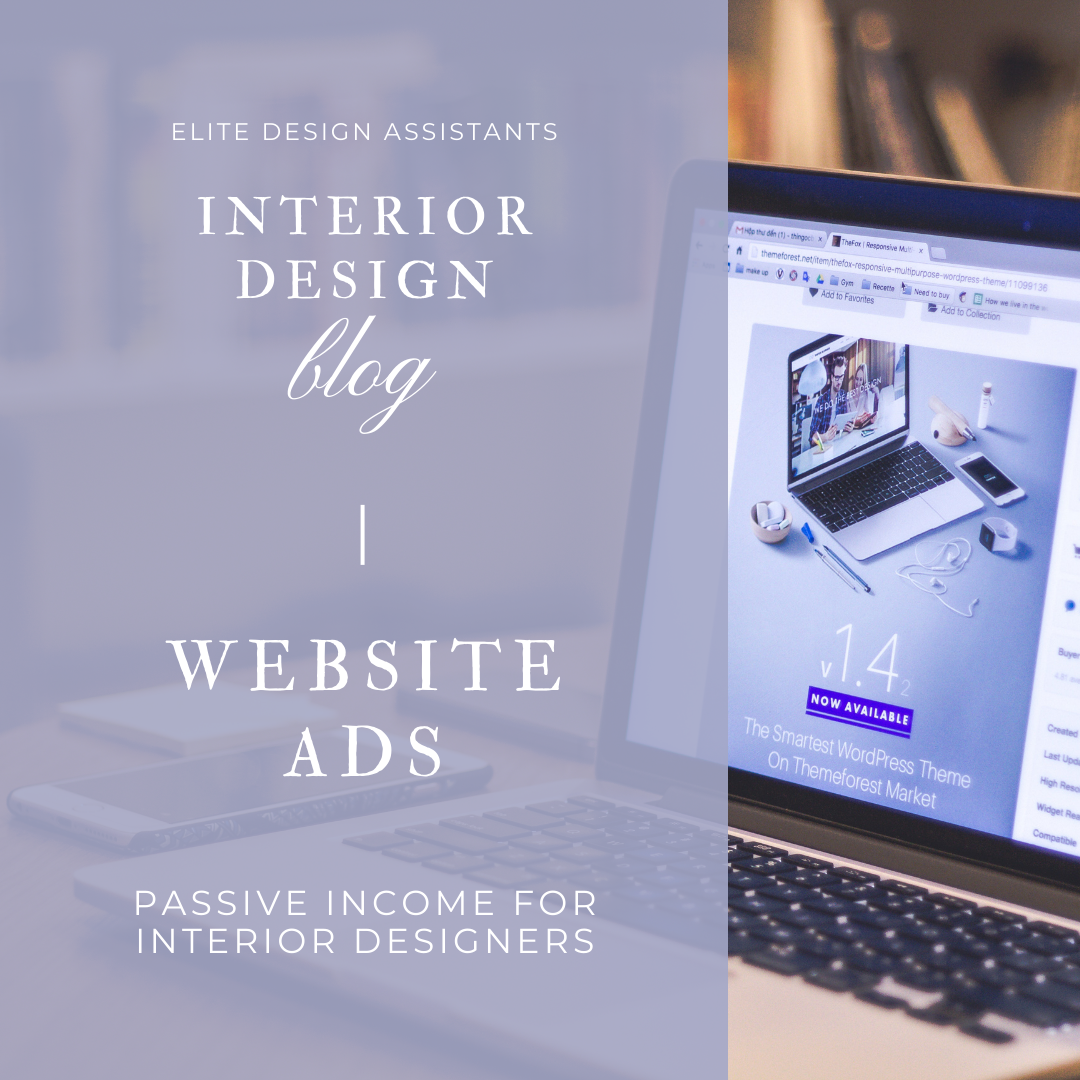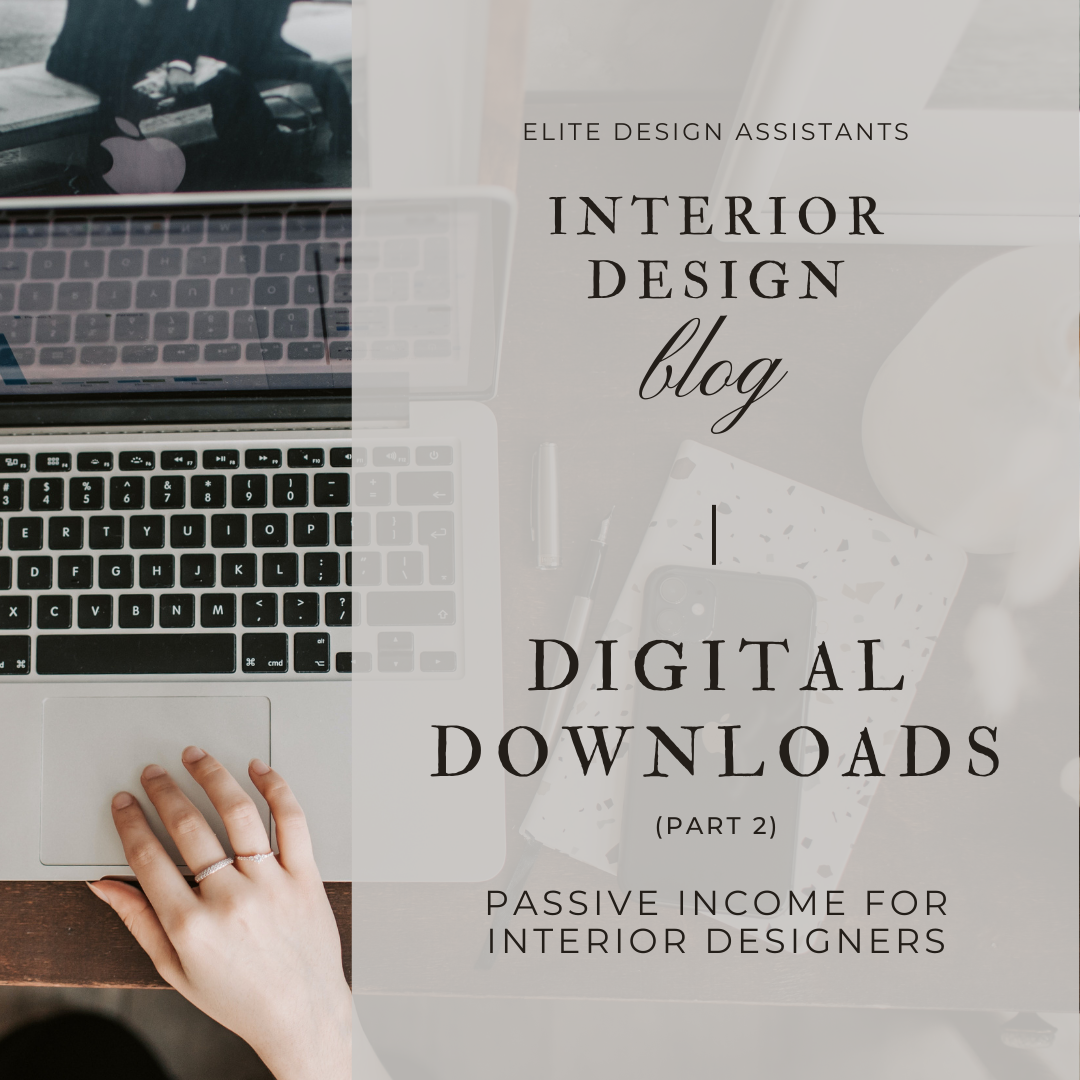Passive Income for Interior Designers: Design Workbooks
/There are always going to be homeowners that prefer to take the DIY approach, whether that is for financial reasons or because they enjoy the challenge. While it may seem unlikely that they will reach out to purchase a service that an interior designer offers, there are other ways to help them with their project. Interior designers are catering to these types of homeowners by creating design workbooks. In this blog post, we will cover how to create a design workbook and how it benefits both the designer and the homeowner.
Define Your Design Process
Creating a clear, easy-to-follow workbook for how an interior designer starts and executes the design process is a great tool for the DIY-er. You can include customizable printables or downloads to boost the quality of your workbook. Include tips and tricks that you’ve learned through your interior design experience that someone who isn’t in the field wouldn’t know.
Optional: Choose a Niche
A general guide to start a DIY interior project is already an amazing tool, but you can take it one step further and create several workbooks for different niches. Here are some examples:
A Minimalism Workbook
A Guide For Creating A Feng Shui Bedroom
Work From Home Workbook
Picking a Paint Color Workbook
A great way to come up with different niches for your workbooks is by thinking of challenges you have had to tackle for clients and how you solved them for them.
Create Your Workbook
Creating a beautiful, clear workbook is key to marketing your product. Programs like Canva or Adobe Illustrator are a great place to start when creating workbook guides. This is also a task that can be outsourced to a VDA who has experience with these programs.
Get Ready to Sell
If you have an online shop on your website and you get a lot of traffic, this is a great place to store your workbook. You can also consider opening an Etsy or Shopify shop, especially if you want to sell multiple workbooks.
Market Your Workbook
Promote your workbook everywhere you can, whether that is on social media or on Facebook groups. If you have a newsletter be sure to mention that you have the workbook available for DIY-ers so that people who love your brand but prefer to do it themselves don’t miss out on your expert advice!
Go the Extra Mile
If you’re comfortable in front of the camera, or doing a voice-over video, creating a video on how to use your workbook is a great extra effort that could really make a difference to clients.
Although DIY-ers are not likely to purchase a service that you offer, they may still be following you on social media to get inspiration for their designs. Workbooks are a great way to bridge that gap between you and clients who want to do it themselves.
Happy Earning!
xx, Danae






